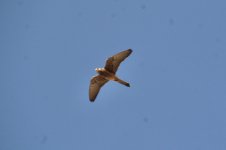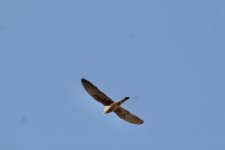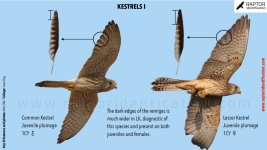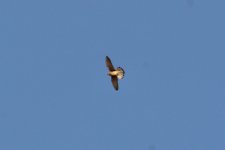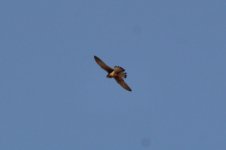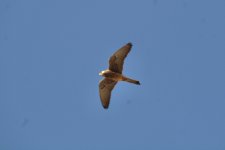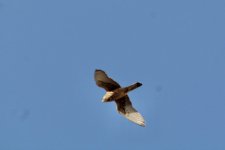Hello everyone, I spotted this Kestrel in Fez, Morocco on May 17, 2022. I am struggling to determine whether it is a Common/Eurasian or Lesser Kestrel (though I know it was female). I've heard that size is supposed to be the best indicator, but it was too far/high up for me to judge that accurately. I have also heard that the dark edges of the remiges is supposed to be wider on the Lesser Kestrel, which suggests to me that this COULD be a Lesser Kestrel? But I'm really not sure, any thoughts? Thanks in advance! 
Attachments
Last edited:





